Features of LED lighting - what kinds there are
LED backlighting is used in most modern devices with LCD screens. On its characteristics depends image quality, reliability of technology and life of the matrix. Therefore, it is necessary to understand the features in order to find the best solution when choosing.
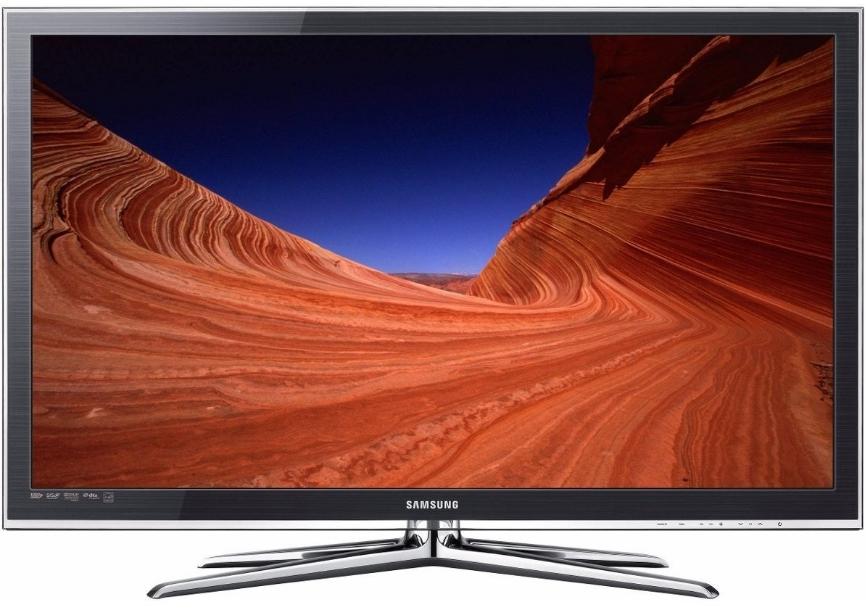
The main differences
First of all, it is necessary to understand how this option differs from the previous one. Previously, liquid crystal televisions and monitors were backlit by fluorescent lamps. LEDs replaced them and became used almost everywhere because of several advantages:
- Color rendering Color rendering has improved several times over. This applies to both clarity and the number of colors, because with a multicolor RGB matrix comes features that were not available before. The multicolor backlighting allows for a quality transfer of hues, which makes the image an order of magnitude better.
- Most LED-backlit screens also have improved contrast ratios. This is especially important on larger screens, where contrast issues were not uncommon and had a negative impact on the image.
- The energy consumption figures are lower compared to fluorescent backlighting variants. Moreover, the savings are noticeable - on average, it ranges from 30 to 40%. It is worth noting the long service life of LEDs, today it is the most durable solution, surpassing its analogues at times.
- The thickness of the design when using LEDs is less, which allowed to make the device more compact. Also weight decreased due to the fact that the weight of LEDs is very small.
- The main advantage of LED lighting is a low price. With all the advantages the cost of LEDs is much lower, which allowed reducing the price of TVs and other devices that use such a screen backlighting.
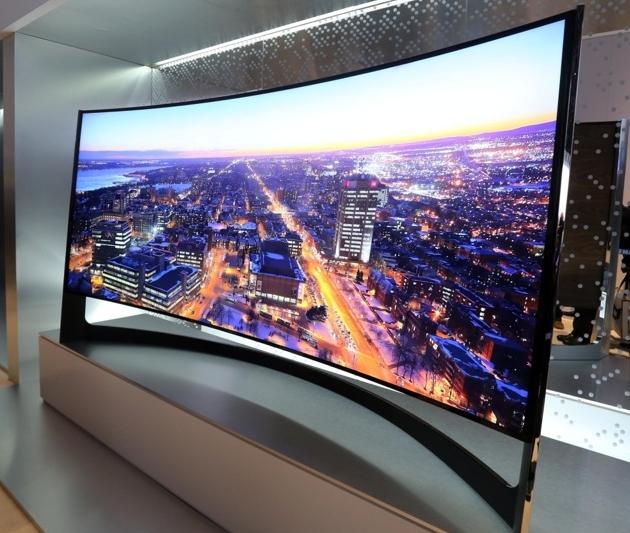
As for the disadvantages, users have noted that at maximum brightness settings, eyes can get very tired when watching videos for a long time. Also in many first generation devices there was a bluish image, This was later eliminated by increasing the black depth.
In versions where pulse-width modulation is used to control the brightness of the backlighting, screen flicker can be observed. Usually it is not very significant, but it still affects the vision and eyes get tired faster.
Types of backlight
Depending on the features of the performance of ice-backlighting for TV and other devices are divided into different types. To understand the main options is not difficult, as there are few of them and the division is clear. There are two types of design:
- Direct or Matrix.. LEDs are located across the surface of the monitor and provide uniform backlighting of maximum quality. Complicated solution that requires the use of a large number of diodes, but in this variant it is possible to realize dynamic control, which allows you to achieve perfect color tuning.
- EndThe light is also called edge light or side light, because it can be placed on the sides, at the top and bottom, or on the perimeter of the screen. In this case, the sources distribute light over the entire surface due to special diffusers, it is cheaper and easier to implement and is used on most devices.
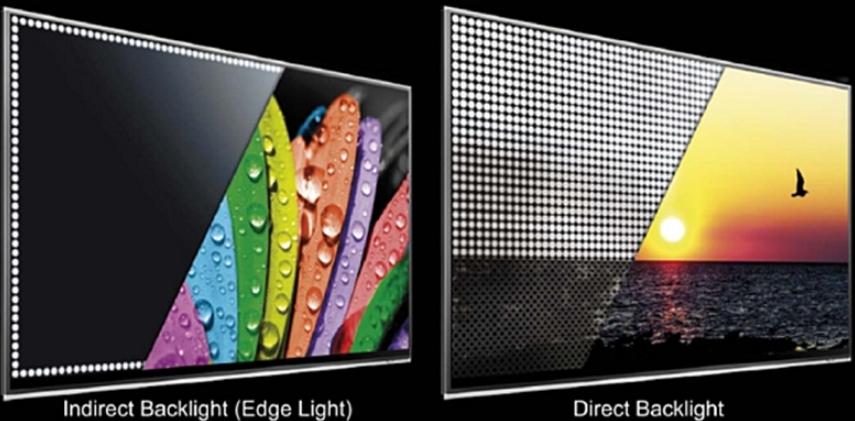
Also different ways of controlling the backlighting, which is important to consider when choosing TVs:
- Static involves no settings other than brightness. This option is used when backlighting is on the side.
- Dynamic allows for color control and is used when broadcasting an image to increase contrast and add depth to colors.
Another factor is the color of illumination, there are also two varieties:
- White backlighting is used in side-type systems. It most often uses blue diodes with yellow phosphor coating, as this provides a large range of white color.
- RGB-backlight is a block of LEDs. Most often used combined blue and green elements with a coating of red phosphor, which gives a wide range of color options.
To increase the number of colors and shades even further, newer models use quantum dot LED backlighting.
Backlighting types in televisions and monitors
Type of backlighting depends on the location of the screen LEDs and their design. To date, there are three main varieties, which are most often on sale and have features that are better to learn before you buy the product.
Direct LED or FALD
The two names appeared not because of fundamental differences, but because the manufacturers presented a slightly improved system as a new solution. This is a common marketing ploy, in fact, there are no particular differences. As for the features, they are:
- It's a direct-type backlight in which the diodes are located at the back of the screen and are evenly distributed over the entire area. The light goes in the direction of the person, which allows you to create a blackout zone. But since the number of diodes is small, the dimming zones are large, which does not give much latitude to the settings.
- To eliminate the problems and to make this option better, the number of LEDs was increased to 1000 and the technology was called FALD. It is used on many expensive models, as it allows you to create multiple areas of dimming, which can be controlled for high-quality image adjustment.
- Due to the location of the diodes on the edges of the screen there is no glare. Contrast and brightness are both good and the backlighting is even throughout the screen, even if it is large. But the power consumption of the TV or other equipment will be slightly higher.
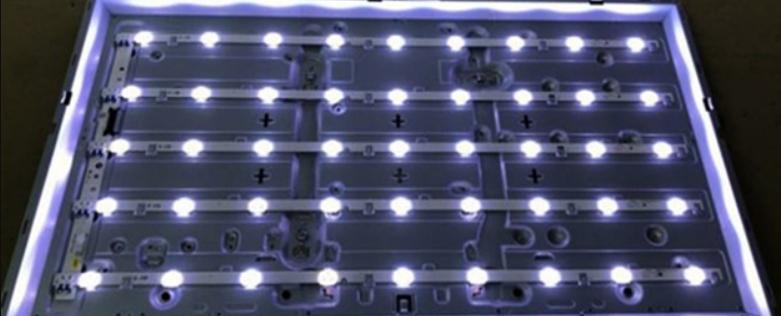
Edge LED
This type of LED matrix backlighting has lighting located on the edges of the screen, which causes such features:
- In low-cost models. LEDs put only at the top and bottom of the screen or at the sides. This does not give the proper level of illumination of the entire surface, and at the edges you can see the highlights.
- In expensive versions, diodes are placed around the perimeter. This allows for a more uniform illumination and gives a uniform black light around the perimeter, although in the corners are often seen backlit due to the high concentration of LEDs.
- In TV sets with this kind of backlighting, the thickness of the matrix is much less.
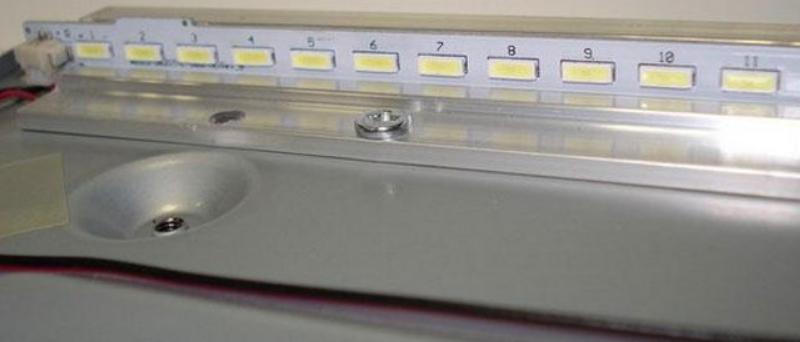
If there are diodes around the perimeter, the contrast will be good.
OLED
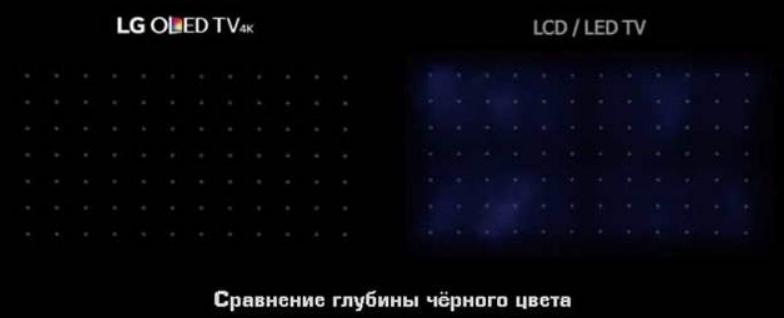
The most modern type, it's not even a backlight, but a stand-alone version of the design with these features:
- LEDs don't serve as a light source, but give a complete image. Organic diodes give tremendous color rendering capabilities and improve image quality, the performance is 1000 times faster.
- The display is the thinnest and lightest because it does not need backlighting. This reduces power consumption. At the same time you can control every part of the screen down to the pixel.
- This option provides a quality image from any viewing angle. In fact, it is the most advanced solution, but also the price is higher than that of analogues.
From the video it will become clear which backlight to choose and which to refuse
When choosing a TV or monitor should not lose sight of such an aspect as backlighting, as it largely depends on the quality of the image. It is necessary to proceed from the peculiarities of the equipment and the budget, the price can vary a lot.